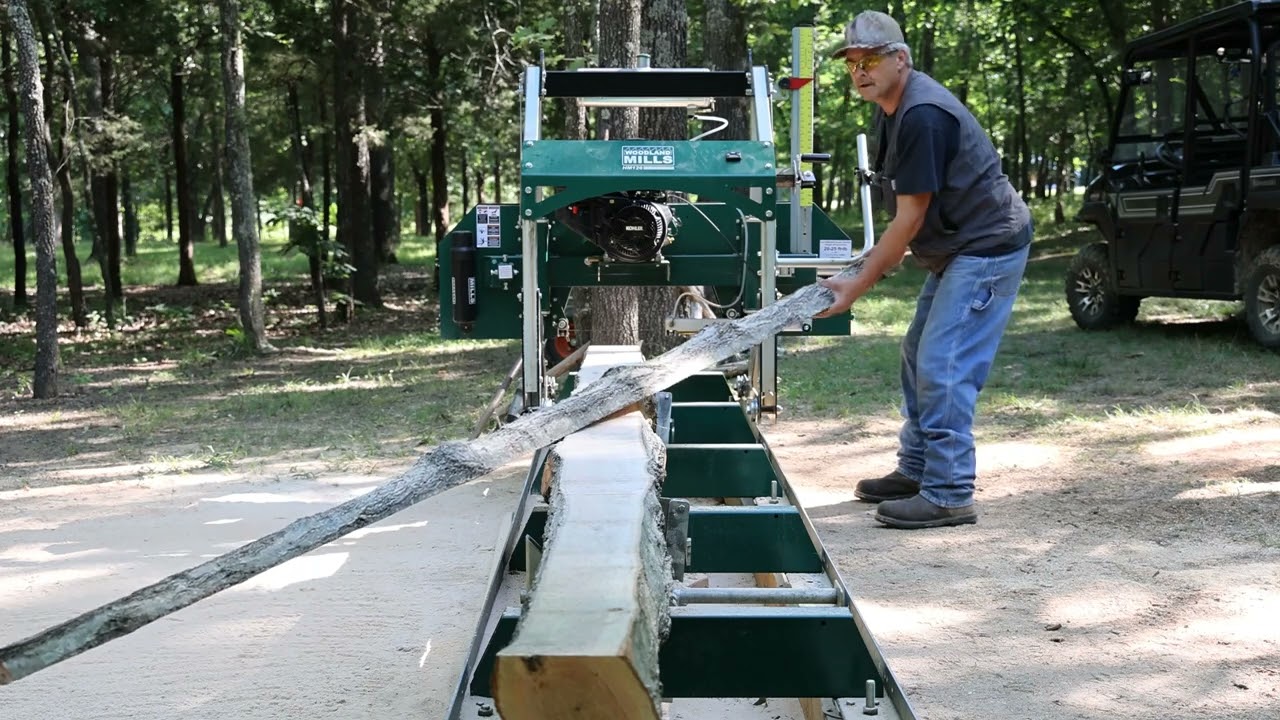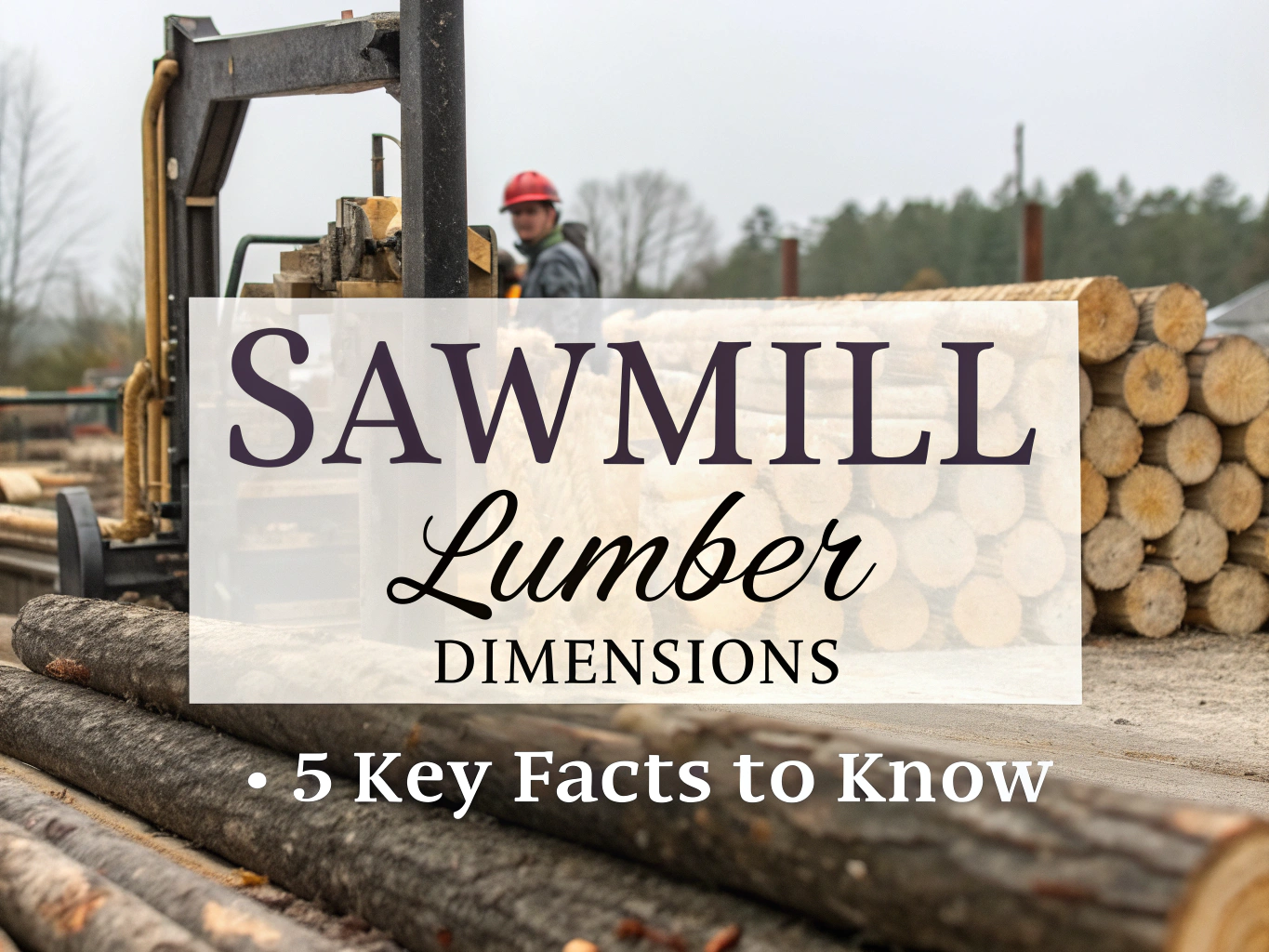
Sawmill Lumber Dimensions: 5 Key Facts to Know

Ever wondered why buying lumber can be so confusing? Take a step back and explore the fascinating world of sawmill lumber dimensions. Lumber sizes can be tricky, but understanding them is crucial for any construction or DIY project. Let’s untangle the facts and make your next lumber purchase a breeze.
Table of Contents
Sawmill lumber dimensions follow a nominal sizing system that differs significantly from the actual finished measurements you’ll receive. The standard 2×4 board, for example, actually measures 1.5″ x 3.5″ after planing and drying, making it crucial to understand these differences before starting any woodworking project.
Understanding Nominal vs Actual Lumber Sizes
The lumber industry uses nominal dimensions that represent the rough-sawn size before processing. When you purchase a 2×4 from a sawmill, you’re not getting a board that measures exactly 2 inches by 4 inches. Instead, you’ll receive lumber that’s been planed and dried to 1.5″ x 3.5″ in actual size.
This sizing convention exists because lumber starts larger and gets trimmed down during processing. The planing and drying process removes material from all sides, creating smooth surfaces but reducing the overall dimensions. This standardized approach allows for consistent construction practices across the industry.
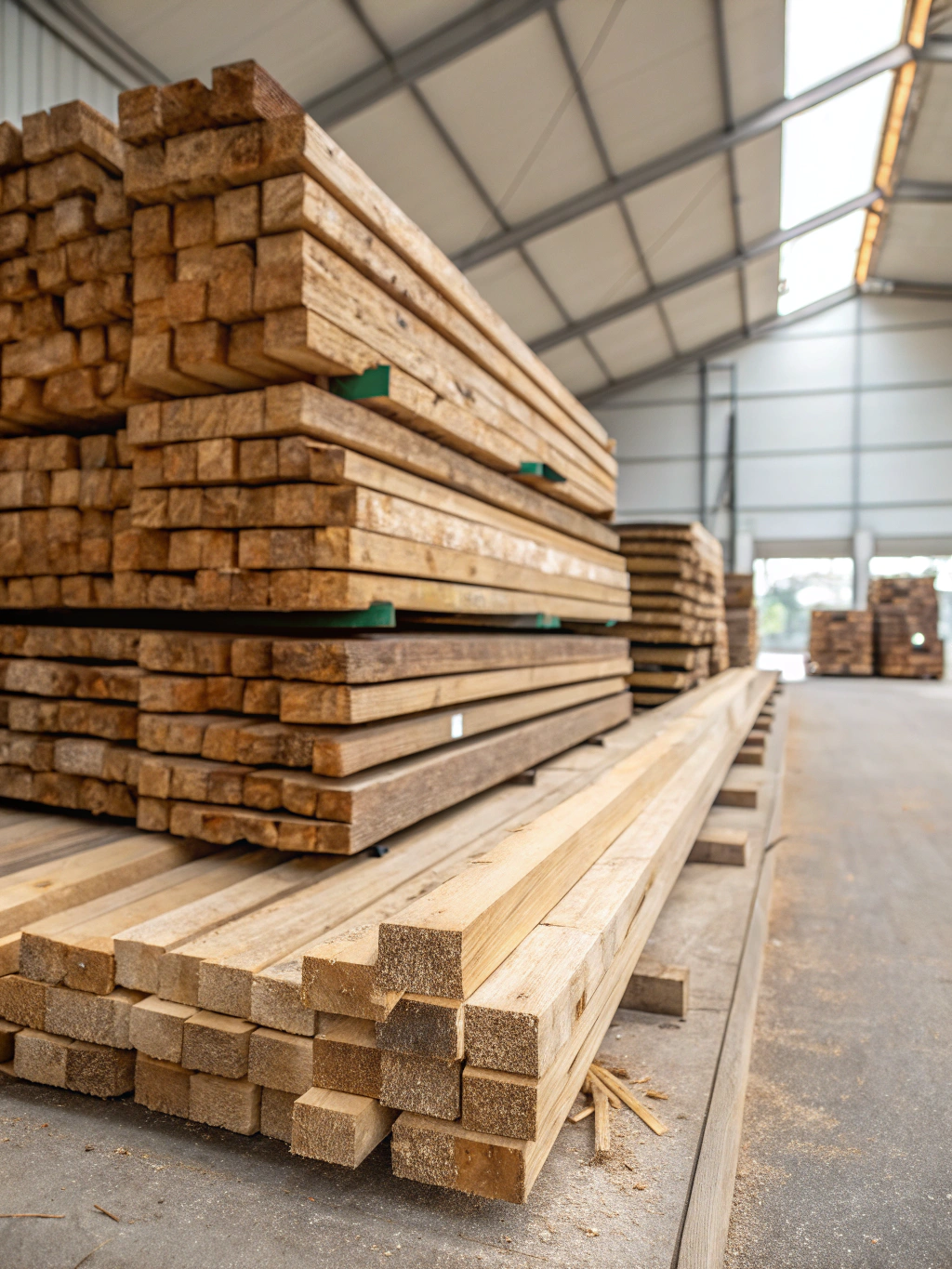
Common nominal sizes and their actual measurements include several standard options:
- 1×4 boards measure 0.75″ x 3.5″
- 2×6 boards measure 1.5″ x 5.5″
- 2×8 boards measure 1.5″ x 7.25″
- 2×10 boards measure 1.5″ x 9.25″
- 2×12 boards measure 1.5″ x 11.25″
Always confirm whether measurements refer to nominal or actual sizes when planning your project. This distinction can make or break the fit of your lumber in construction applications.
Standard Length Measurements
Sawmills produce dimensional lumber in standard length increments to maintain consistency across the industry. These lengths typically start at 6 feet and extend up to 20 feet or longer, increasing in 2-foot intervals.
The most common lumber lengths you’ll find include 6′, 8′, 10′, 12′, 14′, 16′, 18′, and 20′. Some sawmills can produce longer specialty lengths for specific applications, though these may require special ordering and come at premium prices.
Length measurements remain true to size, unlike width and thickness dimensions. A 10-foot board will actually measure 10 feet long, giving you one dimension you can count on for accurate planning.
Quarter System for Rough Sawn Lumber
Rough sawn lumber uses a different measurement system called the quarter system. This method describes thickness in quarters of an inch, primarily for hardwood lumber that hasn’t been planed smooth.
The quarter system works by dividing thickness into four equal parts of an inch. A 4/4 board equals 1 inch thick, while 8/4 stock measures 2 inches thick in its rough state.
Common quarter measurements include these standard thicknesses:
- 4/4 stock = 1″ thick
- 5/4 stock = 1.25″ thick
- 6/4 stock = 1.5″ thick
- 8/4 stock = 2″ thick
- 12/4 stock = 3″ thick
Remember that finished lumber loses thickness during planing. Rough lumber can lose up to 1/2 inch in thickness when processed to smooth surfaces, so plan accordingly for your final dimensions.
Working with Hardwood Species
Different hardwood species may have slight variations in how they’re measured and sold. Teak lumber and mahogany wood often follow the quarter system, while beech wood lumber and sapele lumber may be available in both rough and S4S lumber formats.
Calculating Board Feet for Volume
Sawmills often sell lumber by board feet rather than individual pieces. This volume measurement helps calculate costs and quantities for larger projects more accurately than counting individual boards.
The board feet calculation formula is straightforward: Width (inches) × Thickness (inches) × Length (inches) ÷ 144 = Board Feet. You can also use length in feet: Width (inches) × Thickness (inches) × Length (feet) ÷ 12 = Board Feet.
For example, a 2×4 that’s 8 feet long contains: 2 × 4 × 8 ÷ 12 = 5.33 board feet. This calculation helps you estimate material costs and compare prices between different lumber suppliers.
Board foot pricing becomes particularly important when purchasing expensive hardwood species or large quantities of lumber. Many sawmills offer volume discounts based on board foot purchases rather than piece counts.
Tools for Accurate Lumber Measurement and Cutting
Precision measuring and cutting guides help maintain accuracy when working with both rough and finished sawmill lumber. Professional-grade tools make the difference between amateur and expert results in lumber processing.
These cutting guides and sawmill accessories can help you achieve precise lumber dimensions:

Timber Tuff Lumber Cutting Guide
- Compact and easy to carry
- Ideal for versatile timber cutting
- Compatible with most chainsaws
- Sturdy steel construction for durability
- Great for outdoor and DIY projects
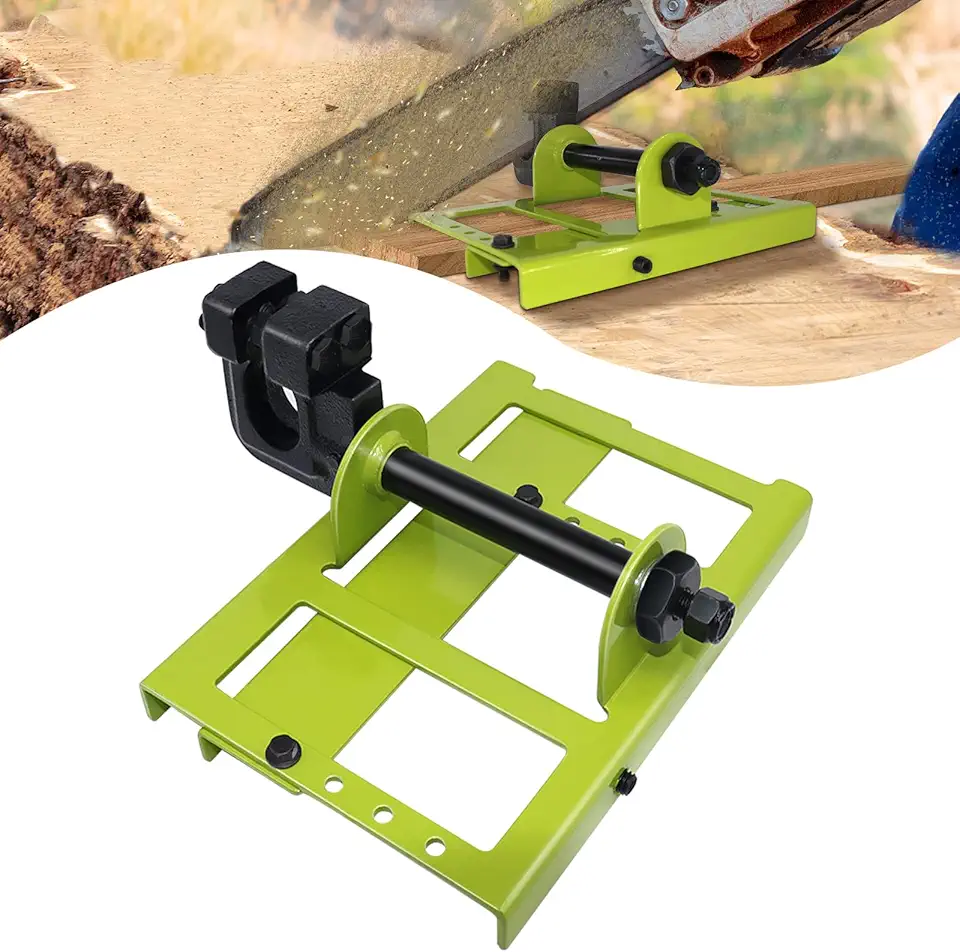
Portable Chainsaw Lumber Guide
- Effortlessly slice wooden boards
- Suitable for sawmill factories
- Lightweight and easy to transport
- Durable design for long-lasting use
- Perfect for professional and DIY woodworking

Zozen Adjustable Chainsaw Mill
- Flexible sizes for versatile use
- Easy assembly for quick setup
- Compatible with 14-36 inch bars
- Sturdy lumber guide brackets included
- Enhances precision in planking milling

Norwood PortaMill Chainsaw Sawmill
- Transforms chainsaw into lumber mill
- Handles logs up to 14 inches
- Lightweight and portable design
- Perfect for off-grid milling
- DIY-friendly setup enhances creativity

VEVOR Vertical Lumber Guide
- Offers 2-6 inch cutting width
- Constructed from durable cast iron
- Portable for easy transport
- Ideal for builders and woodworkers
- Improves efficiency in timber milling

Granberg Mini Mill
- Premium timber cutting attachment
- Compact yet powerful design
- Compatible with Alaskan sawmills
- Easy to operate for precise edging
- Essential tool for woodworkers

VEVOR Portable Sawmill Kit
- Adjustable for 14-36 inch bars
- Galvanized steel for durability
- Offers cutting thickness up to 11.81 inches
- Ideal for builders and woodworkers
- Simplifies cross cutting procedures

Touri Chainsaw Mill Kit
- Versatile kit for precise milling
- Compatible with 2x4 lumber
- Handles logs up to 36 inches
- Durable metal bracket ensures stability
- Essential for efficient logging
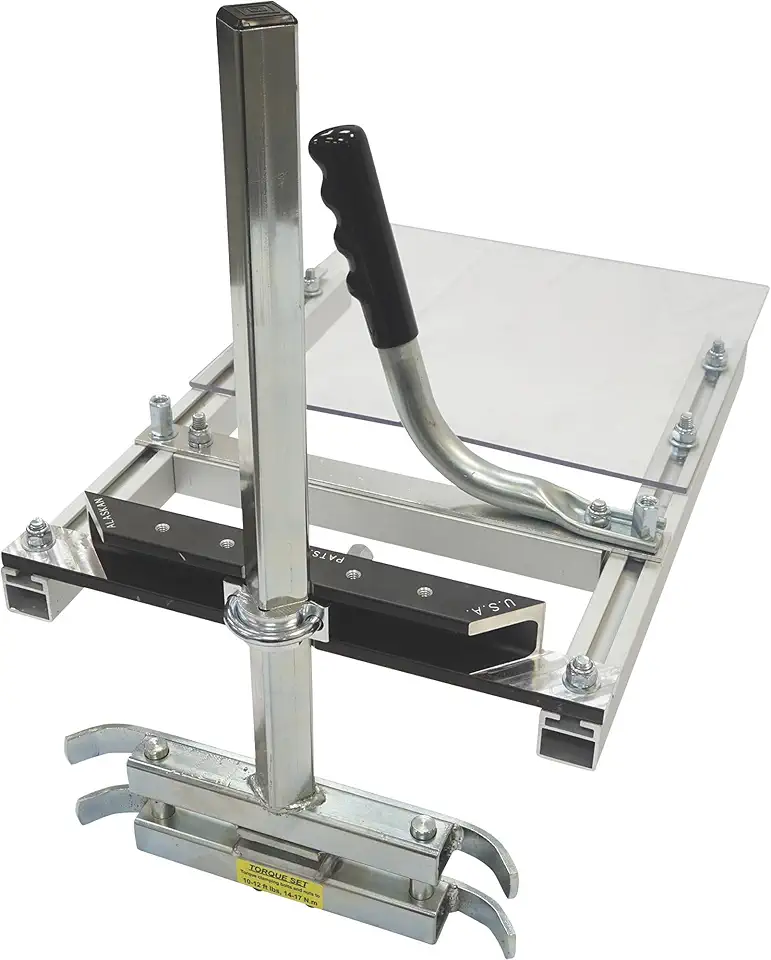
Granberg Alaskan Small Log Mill
- Portable and easy to set up
- Attaches quickly for fast cutting
- Fits bars 16-20 inches
- Excellent for small log milling
- Ideal for woodworking enthusiasts
Chainsaw mills and portable lumber guides transform raw logs into dimensioned lumber with consistent accuracy. These tools prove invaluable for both professional sawyers and DIY woodworkers who want to process their own lumber.
Quality measuring tools prevent costly mistakes when working with expensive lumber species. A reliable cutting guide pays for itself quickly by reducing waste and improving the precision of your lumber dimensions.
FAQs
What Are Standard Lumber Dimensions At A Sawmill?
Standard lumber dimensions at a sawmill typically refer to the nominal dimensions, which are the rough-cut sizes of the lumber before drying and planing. These include common dimensions like 2×4, 2×6, 4×4, etc. However, the actual dimensions, which are the final usable sizes, are slightly smaller due to processing.
How Do Sawmills Determine Lumber Sizes?
Sawmills determine lumber sizes based on the nominal size, which is the initial size of the wood when it’s first cut from the log. The nominal size is measured before any further processing such as drying or planing, which ultimately reduces the dimensions to the actual size.
What Is The Difference Between Nominal And Actual Lumber Sizes At A Sawmill?
The difference between nominal and actual lumber sizes is that nominal sizes refer to the raw cut dimensions, while actual sizes are the finished dimensions after processing. For example, a nominal 2×4 will actually measure about 1.5 inches by 3.5 inches after being dried and planed to smooth out the wood.
Why Is There A Difference Between Stated And Actual Lumber Dimensions?
The difference between stated and actual lumber dimensions exists due to the shrinkage of the wood during the drying process and further reduction during planing to achieve smooth surfaces. This processing is important to provide stable and uniform lumber for construction, resulting in sizes smaller than those originally stated.
How Does Sawmill Processing Affect Lumber Dimensions?
Sawmill processing affects lumber dimensions primarily through drying and planing. Drying reduces the moisture content, causing the wood to shrink, while planing smoothens the surface, further decreasing the size. These processes ensure the lumber is suitable for building purposes and meets industry standards.
